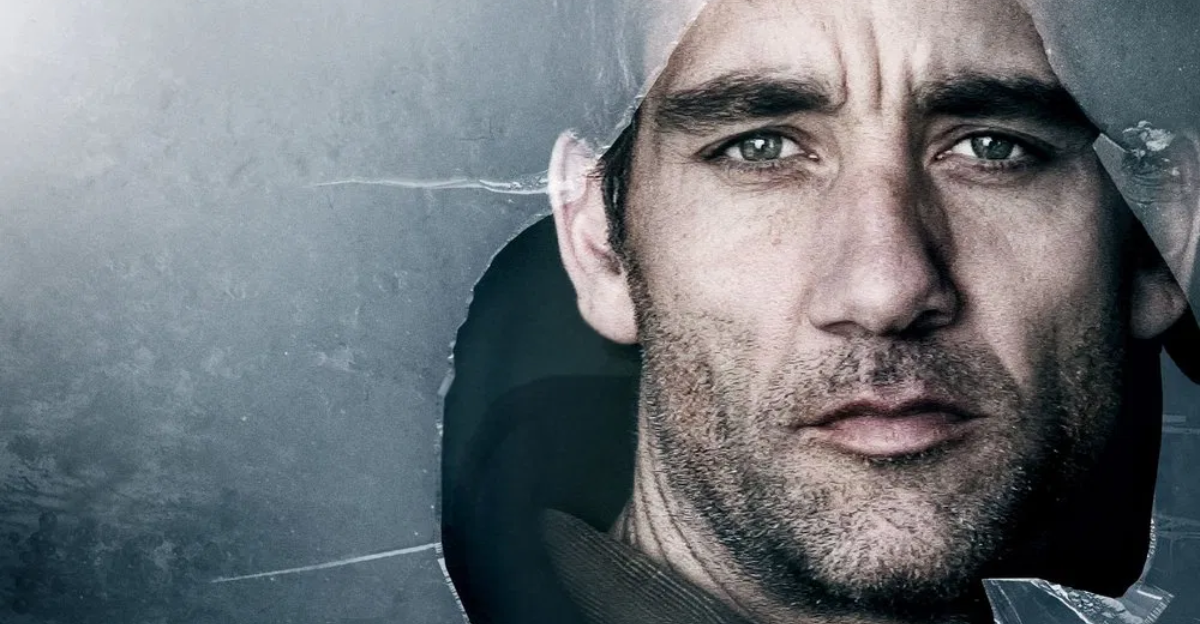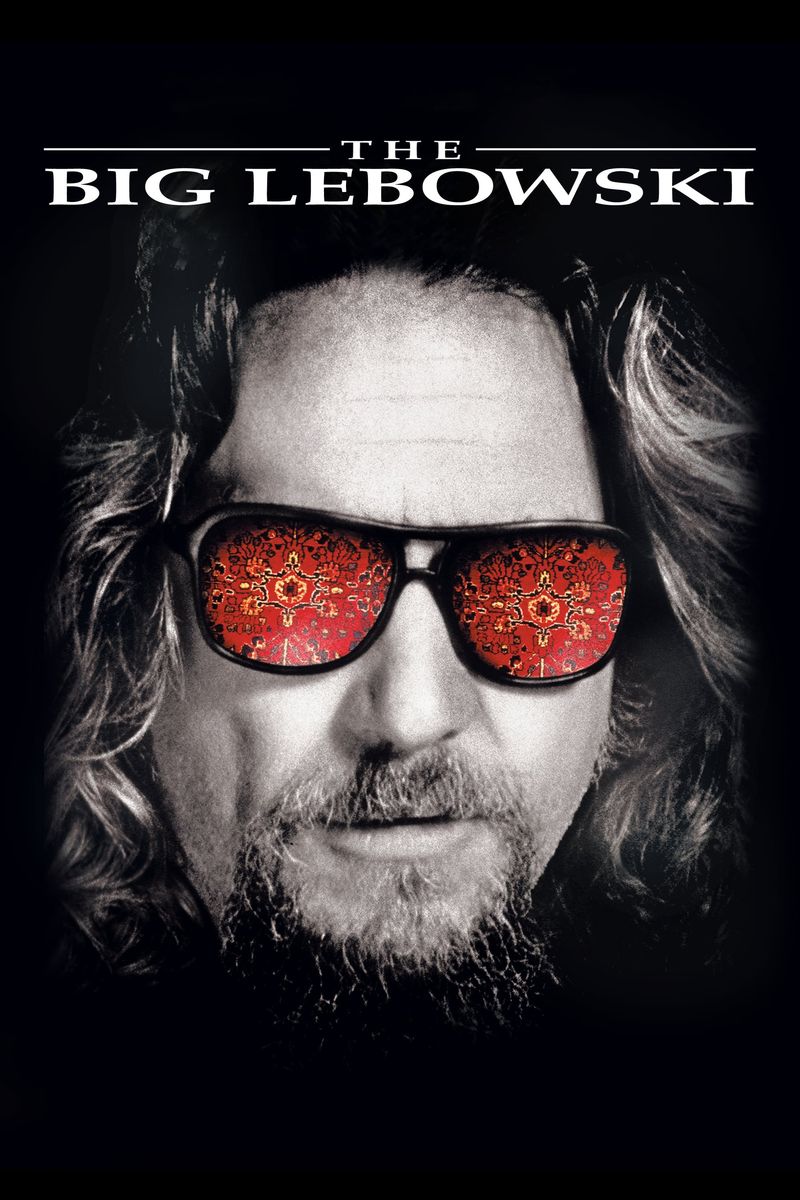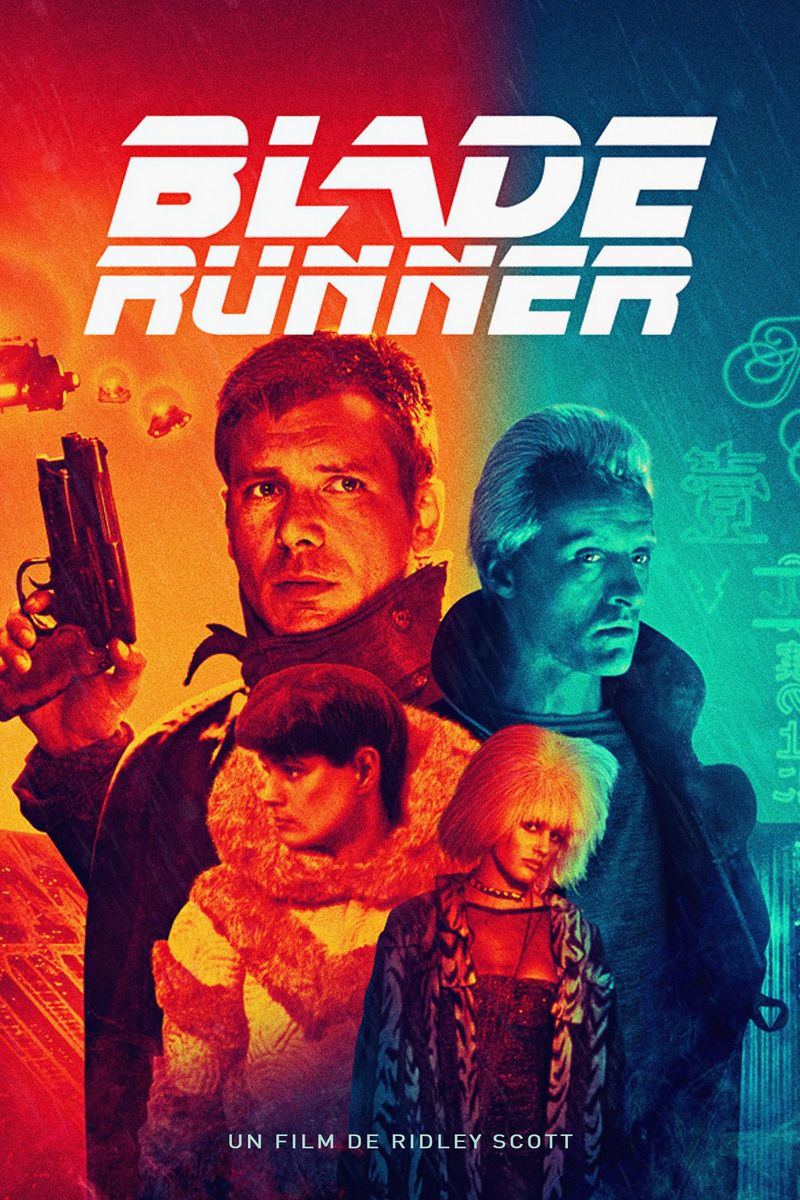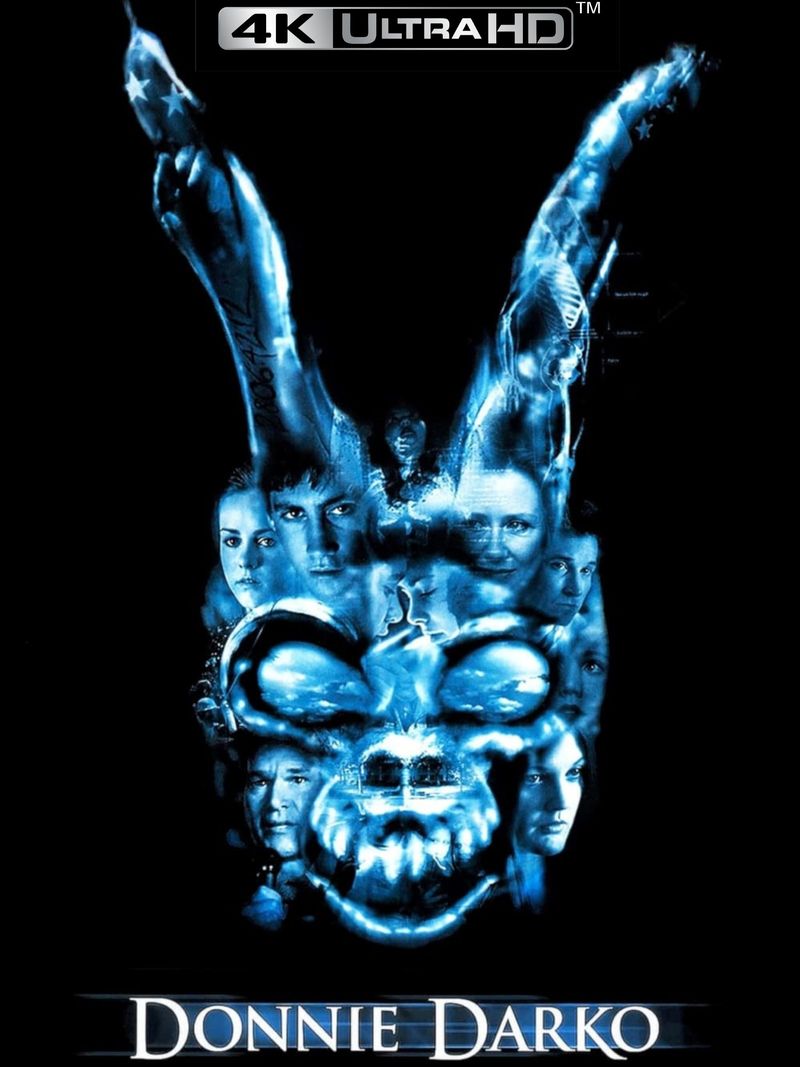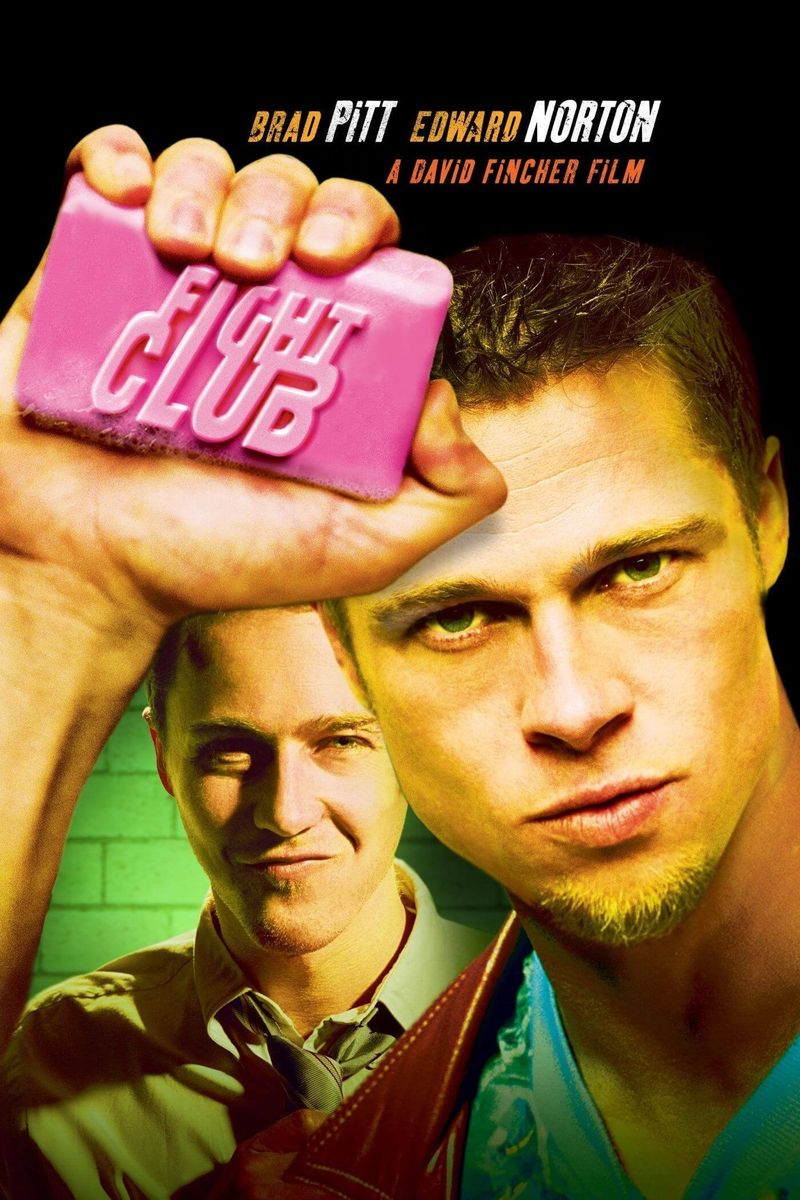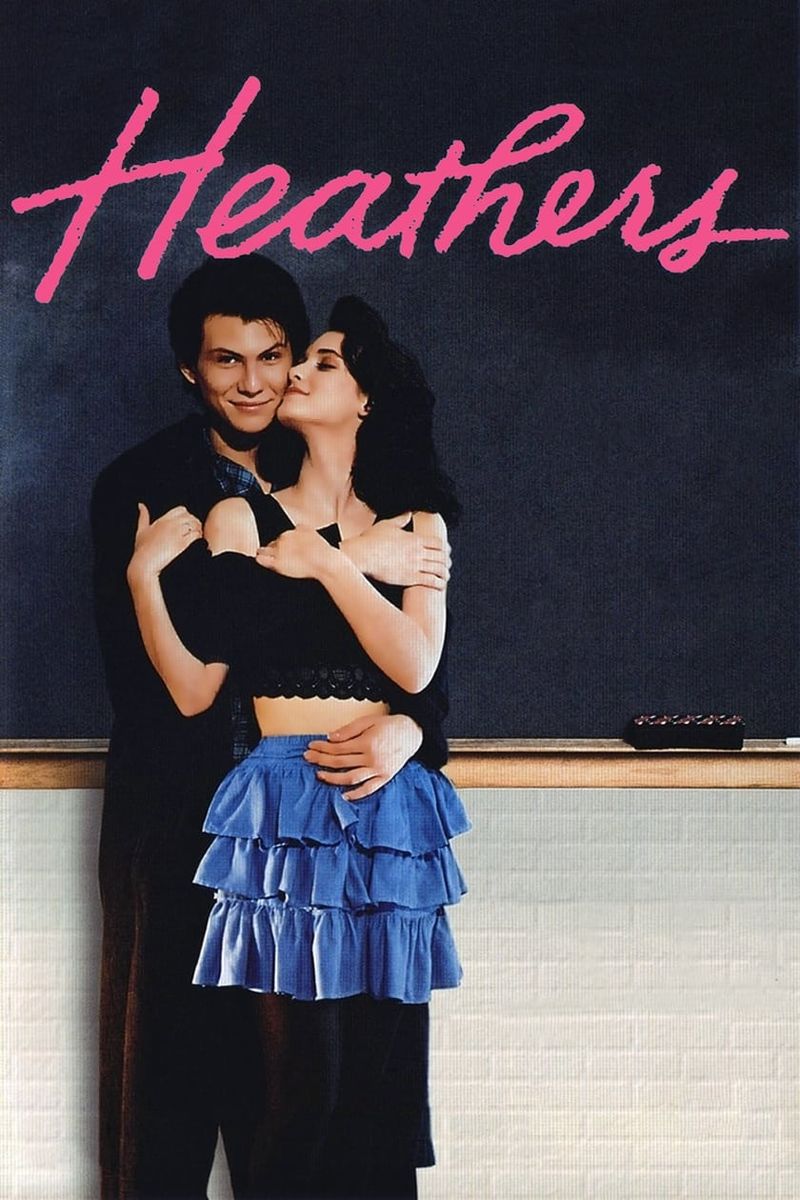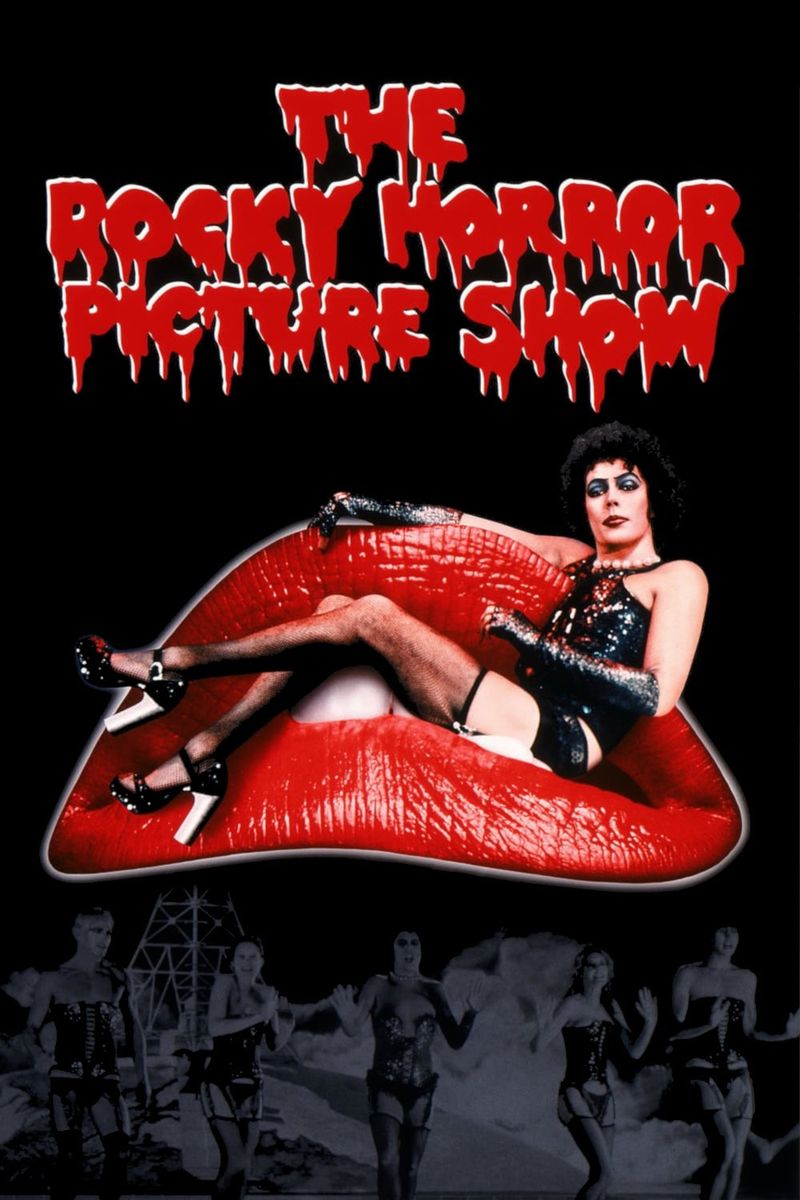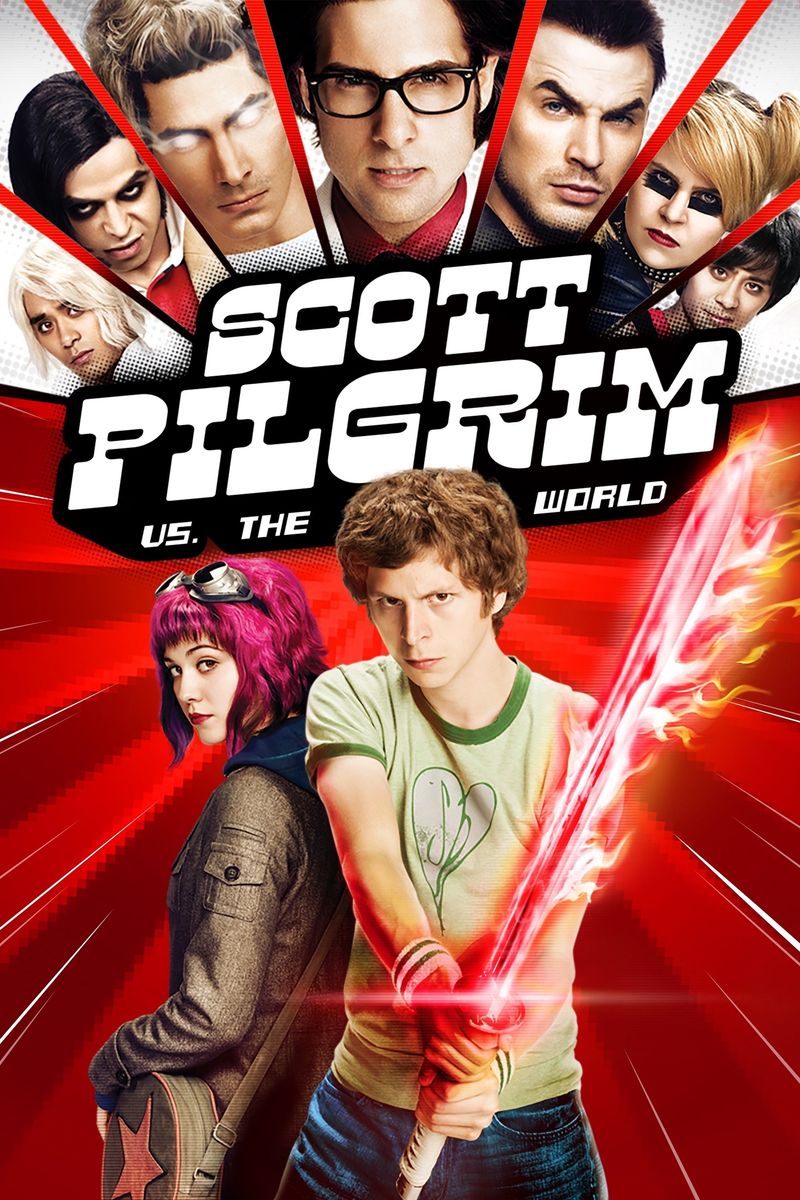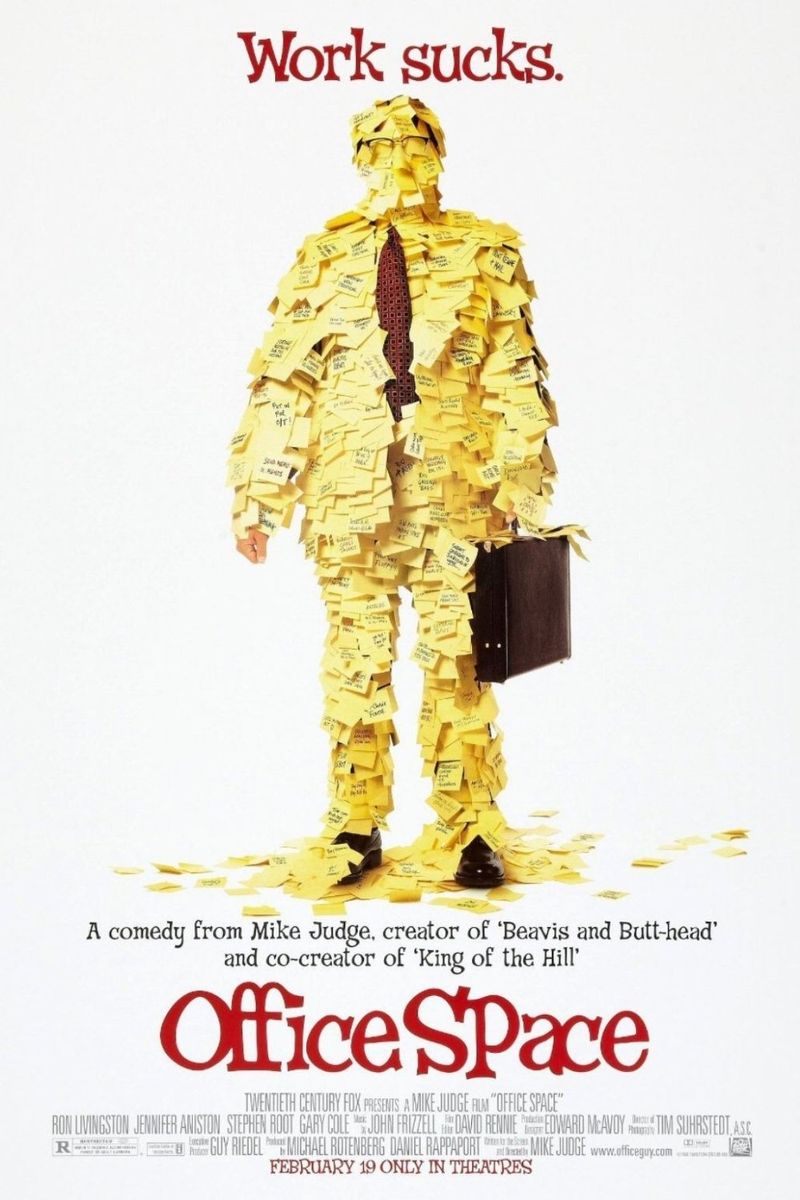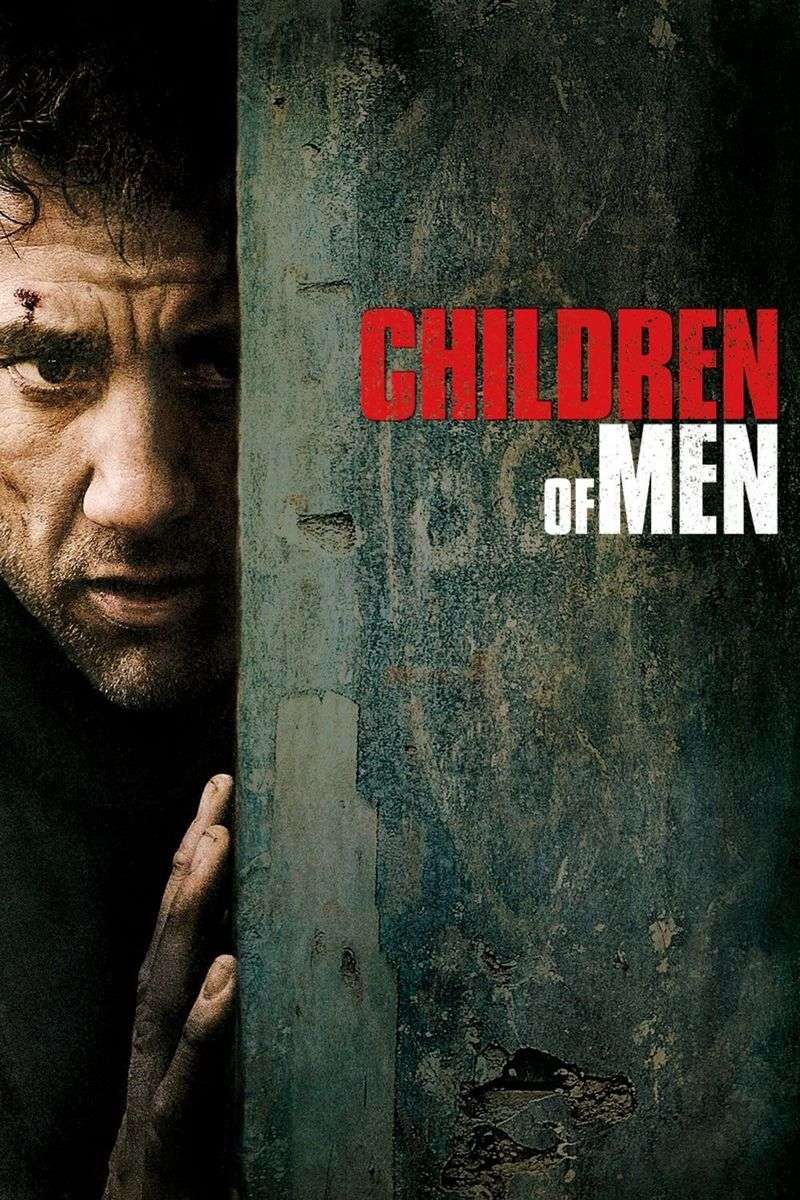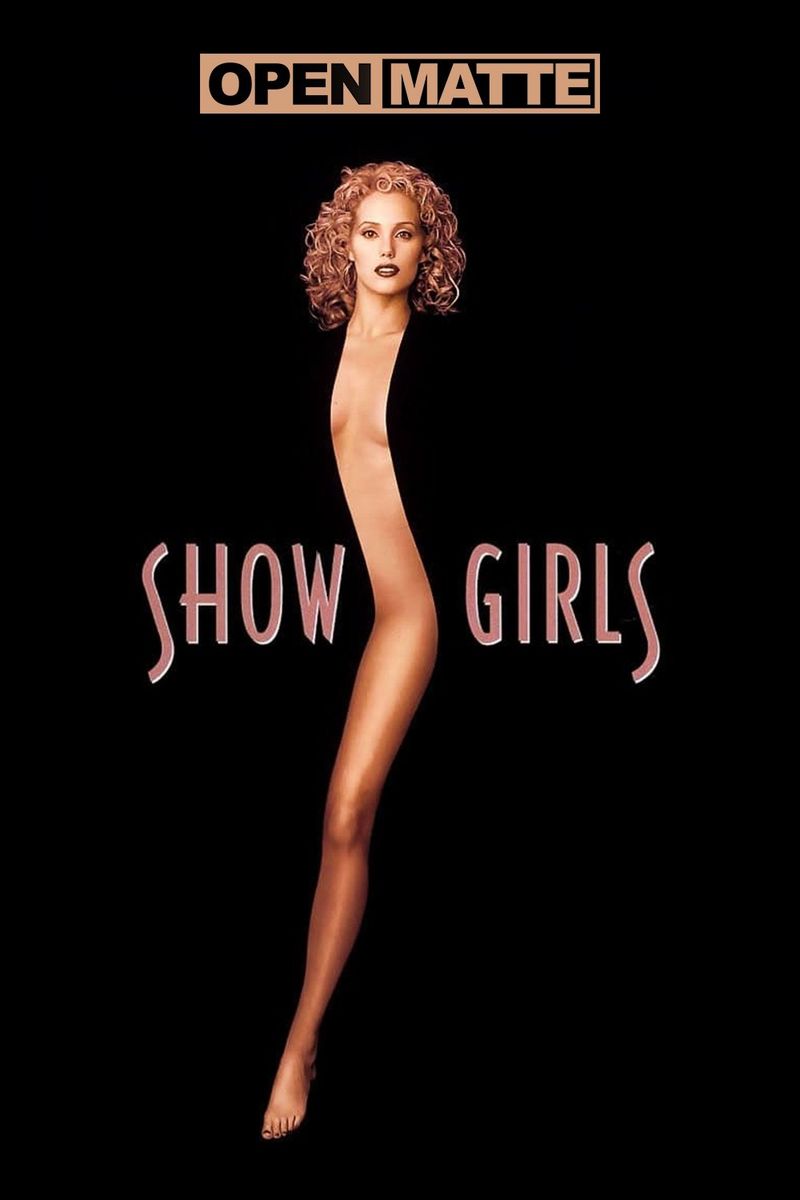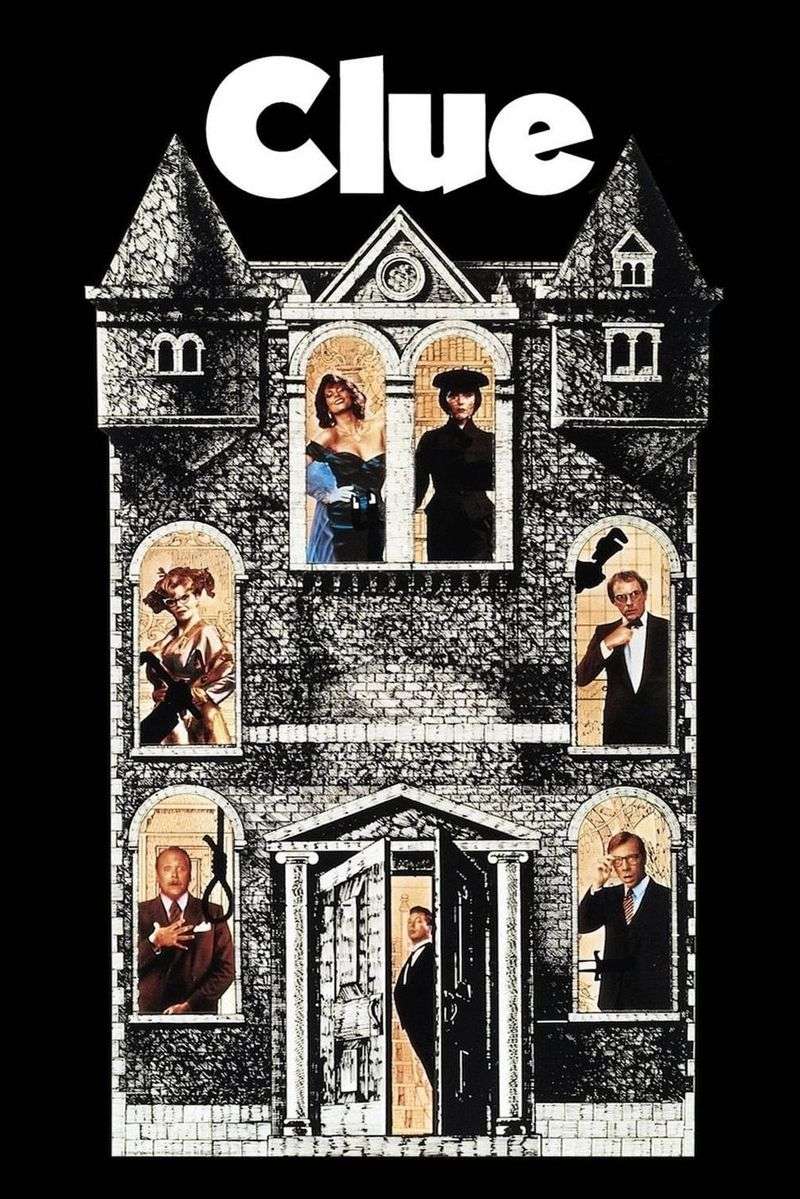Sometimes the greatest films aren’t recognized right away. Hollywood has a graveyard of movies that flopped financially when first released but later found passionate audiences who recognized their brilliance. These ‘cult classics’ prove that box office numbers don’t always reflect a film’s true value or staying power. From bizarre midnight screenings to word-of-mouth revivals, these 11 movies demonstrate how initial failure can transform into lasting cultural impact.
1. The Big Lebowski (1998): The Dude Abides Through Time
The Coen Brothers created a masterpiece that barely recouped its $15 million budget upon release. Critics scratched their heads at this rambling tale of mistaken identity centered around a bathrobe-wearing bowler named ‘The Dude.’
Today, annual Lebowski Fest celebrations happen worldwide, with fans dressing as characters and reciting quotable lines. The film’s unique blend of noir mystery, stoner comedy, and philosophical musings gradually earned it a devoted following.
White Russians (The Dude’s drink of choice) have even enjoyed a resurgence thanks to the film’s influence!
2. Blade Runner (1982): Dystopian Masterpiece Ahead of Its Time
Harrison Ford hunting rogue androids in a rain-soaked, neon-lit Los Angeles initially confused audiences expecting more straightforward sci-fi action. The film’s slow pace and philosophical themes about humanity contributed to its commercial failure.
Multiple re-releases with different cuts (seven versions exist!) helped rehabilitate its reputation. The stunning visual design by Syd Mead and Ridley Scott’s meticulous world-building eventually earned recognition as revolutionary.
Film schools now study it as the definitive cyberpunk aesthetic that influenced everything from Ghost in the Shell to The Matrix.
3. Donnie Darko (2001): Teenage Apocalypse Cult Phenomenon
Released shortly after 9/11, this mind-bending tale of time travel, mental illness, and a creepy rabbit named Frank earned just $7.5 million worldwide. Its complex plot about a troubled teen who receives doomsday predictions from a man in a bunny suit left mainstream audiences confused.
College students discovered it on DVD, sharing interpretations of its puzzling storyline in online forums. Jake Gyllenhaal’s breakthrough performance as the troubled protagonist anchored the film’s emotional core despite its surreal elements.
The hauntingly beautiful soundtrack featuring Echo & The Bunnymen and Tears for Fears became inseparable from the film’s identity.
4. Fight Club (1999): From Controversial Flop to Cultural Touchstone
Studio executives panicked when David Fincher’s adaptation of Chuck Palahniuk’s novel underperformed, making just $37 million domestically against its $63 million budget. The film’s anti-consumerist message and brutal violence alienated mainstream audiences.
DVD sales exploded as young men embraced Tyler Durden’s philosophy and quoted lines like “The first rule of Fight Club is: you do not talk about Fight Club.” Brad Pitt and Edward Norton’s electric performances gradually earned recognition for their layered complexity.
The film’s twist ending has become one of cinema’s most referenced surprises, cementing its place in pop culture history.
5. Heathers (1989): The Dark Comedy That Redefined Teen Movies
Before Mean Girls, there was Heathers – a pitch-black comedy about high school cliques and murder that earned just $1.1 million against its $3 million budget. Its unflinching look at teen suicide and violence shocked audiences accustomed to John Hughes’ gentler approach to adolescence.
Winona Ryder and Christian Slater’s performances as teenagers turning the social hierarchy upside down through murder gradually found an audience through cable TV and video rentals. The film’s quotable dialogue (“What’s your damage?”) infiltrated teen vernacular.
Heathers’ willingness to tackle taboo subjects paved the way for smarter, edgier teen films for decades to come.
6. The Rocky Horror Picture Show (1975): Midnight Movie Revolution
This bizarre musical about a sweet transvestite from Transsexual, Transylvania bombed spectacularly upon release. Twentieth Century Fox pulled it from theaters after disastrous test screenings left audiences bewildered by its campy blend of horror, sci-fi, and sexual liberation.
Midnight screenings at New York’s Waverly Theater sparked an interactive phenomenon where fans dressed as characters, shouted responses, and threw props. Tim Curry’s magnetic performance as Dr. Frank-N-Furter became an icon of sexual fluidity long before mainstream acceptance.
Nearly 50 years later, it remains in limited theatrical release – the longest-running film in cinema history!
7. Scott Pilgrim vs. The World (2010): Video Game Aesthetic Finds Its Audience
Edgar Wright’s kinetic adaptation of Bryan Lee O’Malley’s graphic novels crashed at the box office, earning just $47.7 million against its $85 million budget. The film’s unique visual style – blending video game aesthetics with comic book transitions – was unlike anything mainstream audiences had seen.
Michael Cera’s performance as a slacker musician who must defeat his new girlfriend’s seven evil exes gradually found its people through streaming services. The film’s pitch-perfect casting of then-unknowns like Chris Evans, Brie Larson, and Aubrey Plaza looks prescient in retrospect.
Gaming culture’s mainstream acceptance helped rehabilitate the film’s reputation as ahead of its time.
8. Office Space (1999): Cubicle Satire Becomes Workplace Bible
Mike Judge’s deadpan comedy about soul-crushing corporate culture earned a paltry $10.8 million in theaters. Fox’s marketing campaign failed to capture the film’s relatable portrayal of workplace frustration, printer rage, and TPS reports.
Cable television reruns and DVD sales transformed it into the definitive statement on cubicle existence. The red Swingline stapler became so iconic that the company started manufacturing them in that color to meet demand from fans.
Jennifer Aniston, Ron Livingston, and Stephen Root created characters that validated the quiet desperation of office workers everywhere, turning lines like “Sounds like somebody’s got a case of the Mondays” into workplace shorthand.
9. Children of Men (2006): Dystopian Prophecy Gains New Relevance
Alfonso Cuarón’s gripping tale of a childless future society made just $70 million worldwide despite starring Clive Owen and Julianne Moore. Its bleak vision of immigration crises, government overreach, and environmental collapse hit too close to home for 2006 audiences seeking escapism.
Film buffs championed its revolutionary long-take action sequences and prescient political themes. The stunning single-shot battle scenes influenced everything from True Detective to 1917, while its immersive documentary-like approach to sci-fi set new standards for the genre.
As real-world headlines increasingly resembled its dystopian vision, critics reassessed it as one of the century’s most important films.
10. Showgirls (1995): From Critical Disaster to Camp Treasure
Paul Verhoeven’s NC-17 rated look at Las Vegas dancers became synonymous with “bad movie” upon release. Critics savaged Elizabeth Berkley’s over-the-top performance as Nomi Malone, a dancer determined to become a showgirl at any cost.
Gay audiences embraced its excessive style, quotable dialogue (“It’s Versayce!”), and unintentional comedy at midnight screenings. The film’s excessive nudity, absurd pool sex scene, and melodramatic backstage rivalries transformed from embarrassing flaws into beloved features.
Academic reappraisals suggest Verhoeven may have deliberately created a satire of American excess that was simply misunderstood by its initial audience.
11. Clue (1985): Board Game Adaptation Rolls Multiple Winning Endings
Based on the popular board game, this murder mystery comedy featuring multiple endings confused theaters and earned just $14.6 million. Each screening showed only one of three possible conclusions, a gimmick that backfired with audiences wanting the complete experience.
Tim Curry’s manic performance as the butler who guides guests through a stormy night of murder gradually earned appreciation through home video, where viewers could watch all endings. The film’s rapid-fire dialogue, physical comedy, and ensemble cast (including Christopher Lloyd and Madeline Kahn) showcased perfect comedic timing.
Fans now host Clue-themed parties and quote Kahn’s improvised “flames on the side of my face” monologue verbatim!
